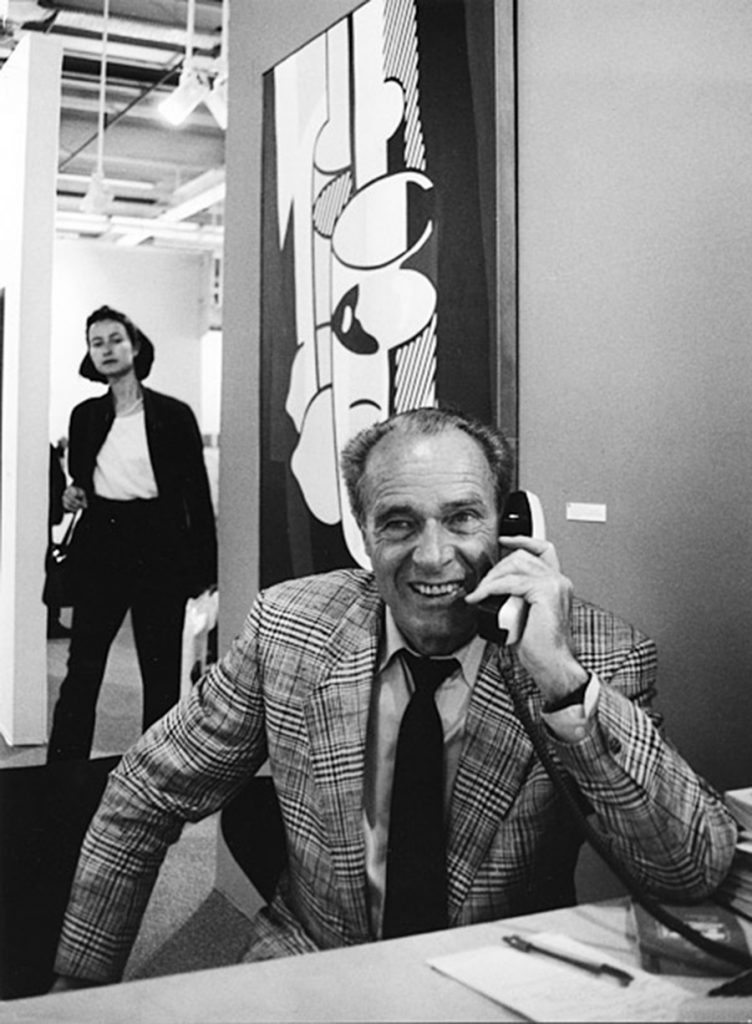Art Basel
12.02.2016Art Basel is the top venue for key movers and shakers in the world of art. Just as modern art aims to precede and precipitate the future, the organisers of this event are always on the ball when it comes to what’s new and forward thinking in the world of art.
Despite a plethora of rival art fairs – almost 500! – the restructuring of global economic relations and art speculation relating to new works, Art Basel remains a leading modern art fair. It first opened its doors in 1970. Focused on being one step ahead of the trends since its launch, Art Basel has also opened itself to new markets by expanding to Miami in 2002 and then to Hong-Kong in 2013. With three annual fairs in three strategic locations and by exploring the nascent art scene that reveals regional tensions and mutations, Art Basel has become more global by becoming more local in nature. By getting closer to art hubs, it brings dynamic new energy to the location. Along with the galleries and artists who have earned their spots at the fair after a very tough selection process, the fair attracts buyers from the world’s top museums, museum directors, exhibition curators, art advisors, experts, speculators, art collectors, and non professionals or so called « general public ».
It was Basel gallery owner Trudl Bruckner who had the idea of opening up the small Swiss city of Basel to contemporary art in 1969. The story goes that it was in a small café and meeting place for art lovers, a place frequented by Trudl, that the idea was suggested to two other gallery owner friends, Balz Hilt and Ernst Beyerler. Of these three founders of Art Basel, Ernst has a special role. Although he died in 2002 he was one of the greatest collectors and art dealers of his age, and super keen on great artists like Picasso. He left a foundation in his name with a museum at Riehen near Basle, exhibiting about two hundred paintings and sculptures from Impressionism to the modern era. Having acquired the legendary art collection belonging to Pittsburgh steel magnate George David Thompson, Ernst Beyerler joined the top dogs of his profession. His thorough knowledge of the subject and the great esteem in which he was held were decisive factors when setting up the independently natured Art Basel. His selection of galleries and artists was based purely on art without any political input or association.
Art Basel was launched at a propitious time for the internationalisation of the modern art market and art works reflected everyday consumerism, kicking off with Pop Art. Success was immediate and has continued to grow over the years, but the fair adapted its hosting structures and thematic content accordingly. In 1974, the « New Trends » section, and then the « Perspectives » section in 1979 focused on budding developments and innovative work. Unrepresented young artists were given special attention. The fair also became a key forum for photography, particularly the symbolic 150 years watershed anniversary in 1989. In 2000, Theo Hotz hall hosted a new section called « Art Unlimited » dedicated to monumental and large sized work that could not be exhibited in galleries and museums, more often than not. In 2004 « Art Basel conversations » provided a reflection on art through debate and round tables that attracted prestigious guests and influential professionals in the field: Art Basel has therefore become a venue for modern art reflection. In 2006 « Art Premiere » was launched, a sector that focuses on aesthetic juxtapositions between artists of different cultural backgrounds, styles and approaches. Performances have also been integrated into the programme.
Art Basel has increased the size of its exhibition spaces, including a new hall entrusted to architects Herzog & de Meuron – soon to be designing the M+ Museum in Hong Kong as part of a large-scale cultural project in south Kowloon that would not have been initiated without Art Basel Hong Kong (art fairs not being part of Asian tradition, where art auctions are more common). Finally, Art Basel has increased associated events, generating a multitude of independent events with an international buzz.
Art Basel is of its time in that it is more than a venue, it is a dynamic hub: gathering the players of the art world in re-locatable, nomadic offshoot venues. This fair is a geographical treasure trove and a catalyst for avant-garde activity. All down to its management teams and commissioners who run the differently themed sections; razor-sharp experts who employ a strict triage system when selecting exhibits. Because being exhibited at Art Basel is already an indication of reputation and profitability – factors that have always been linked to art.
diptyque is opening a new boutique at 701 South Miami Ave. 33131 Miami, USA


